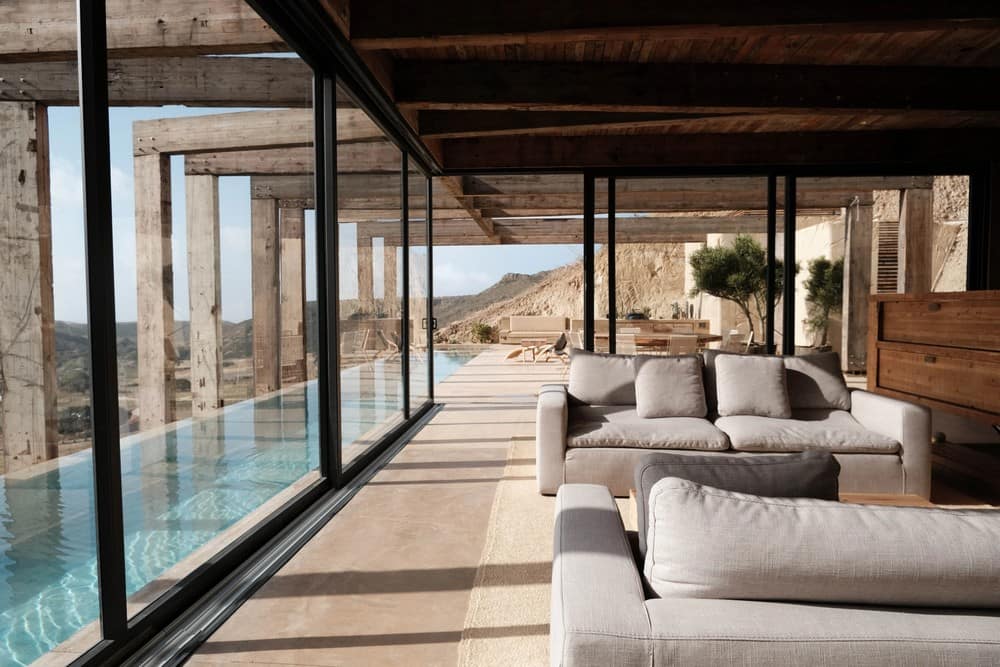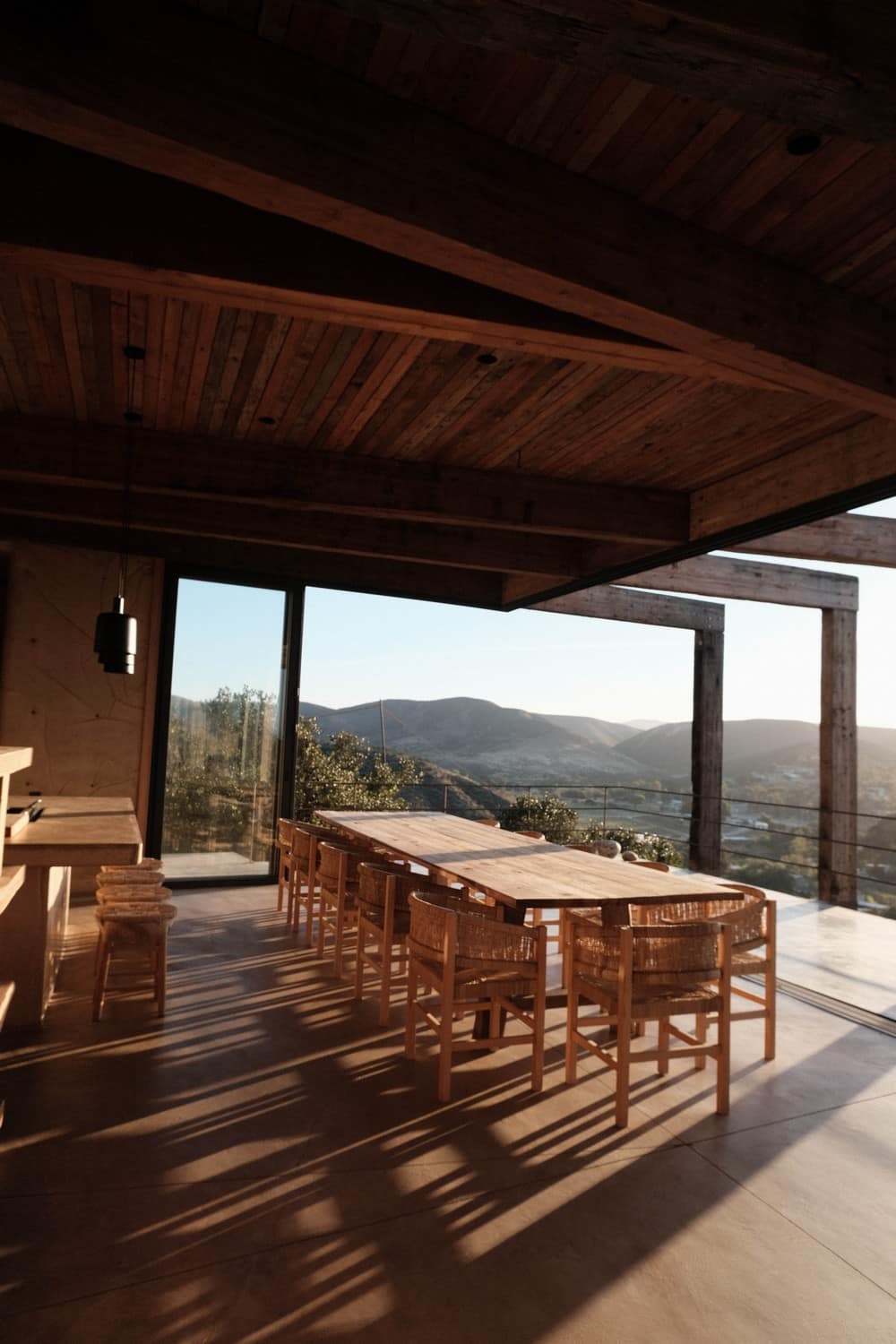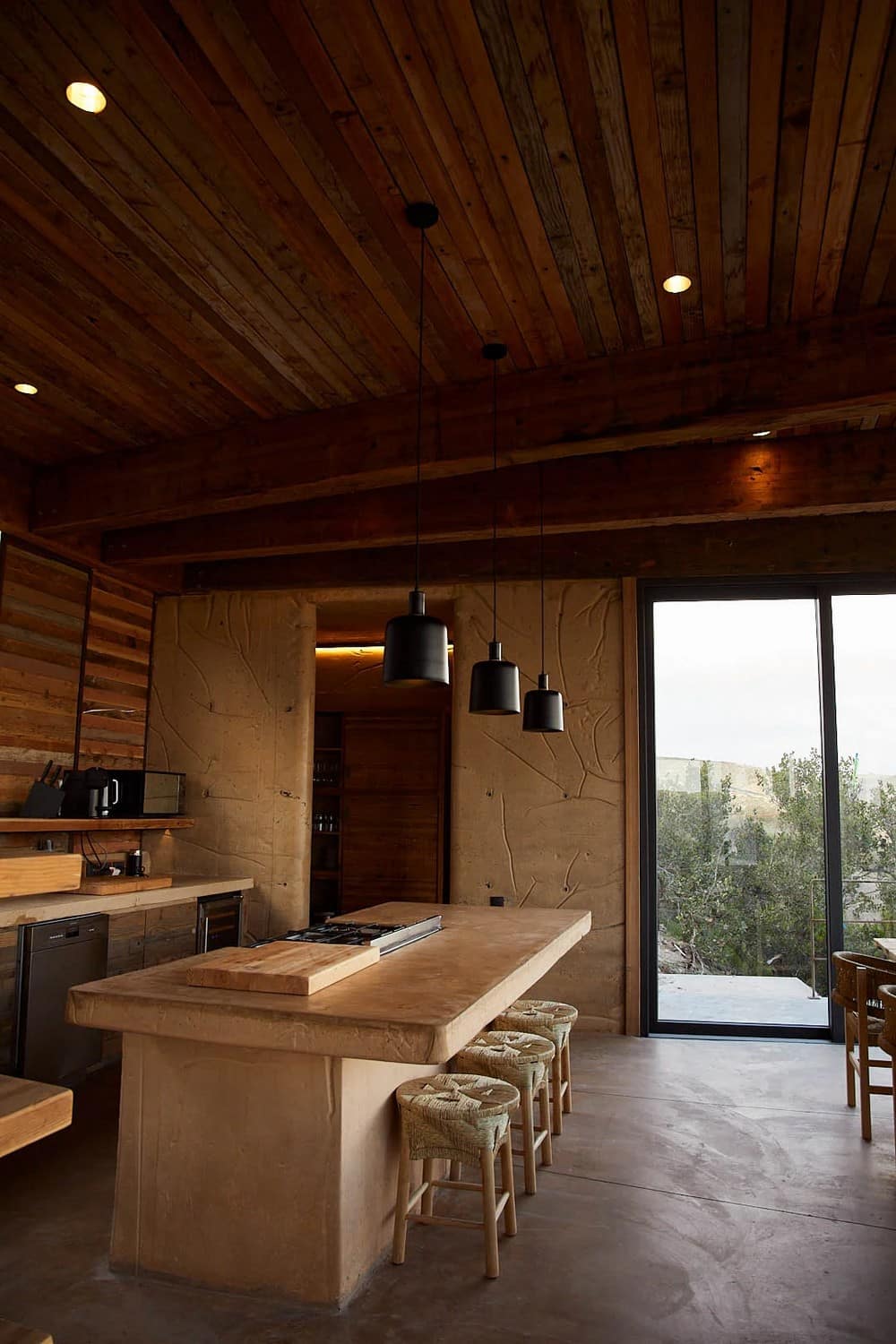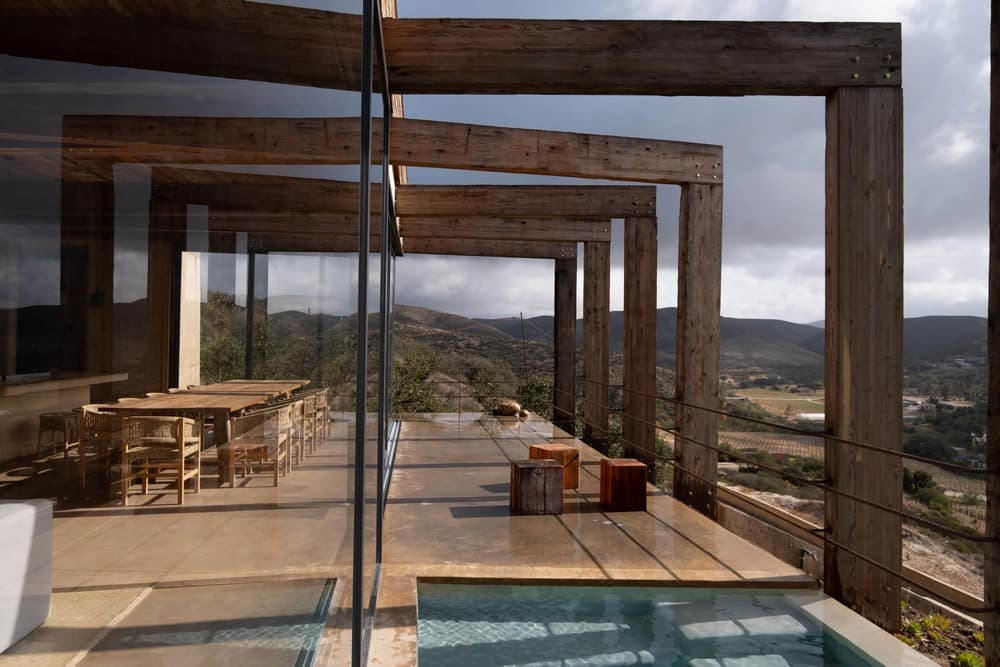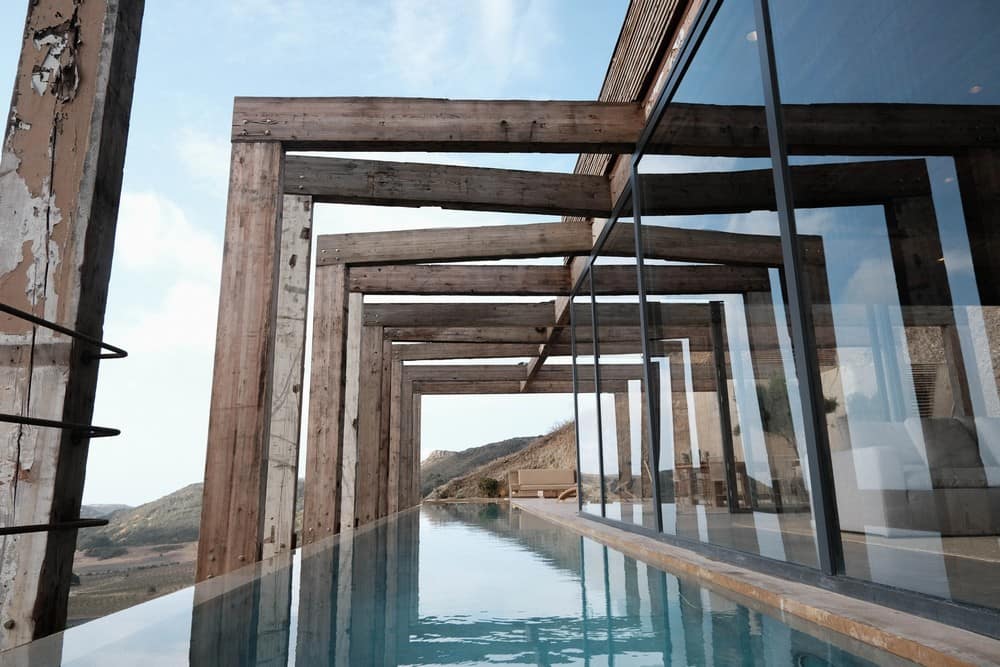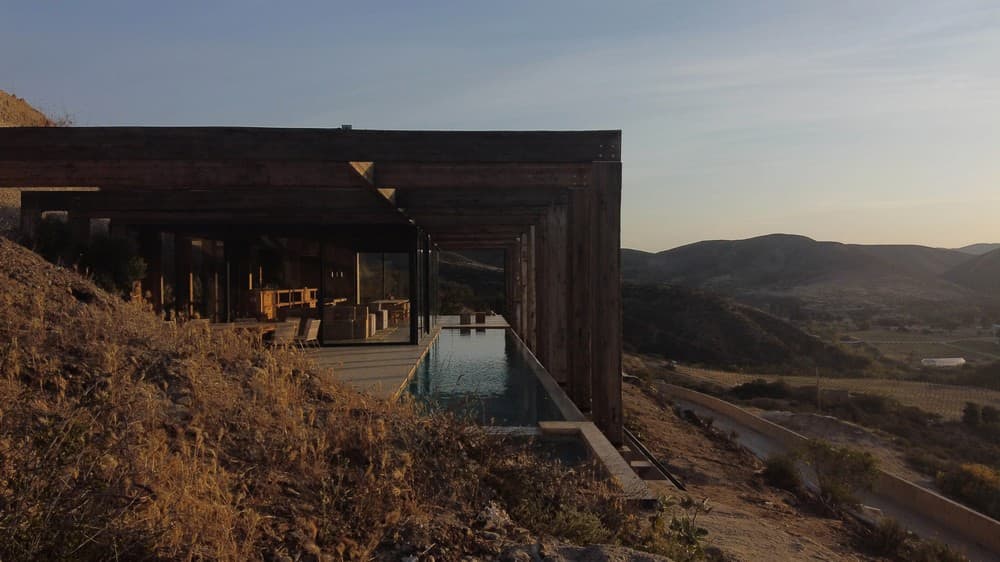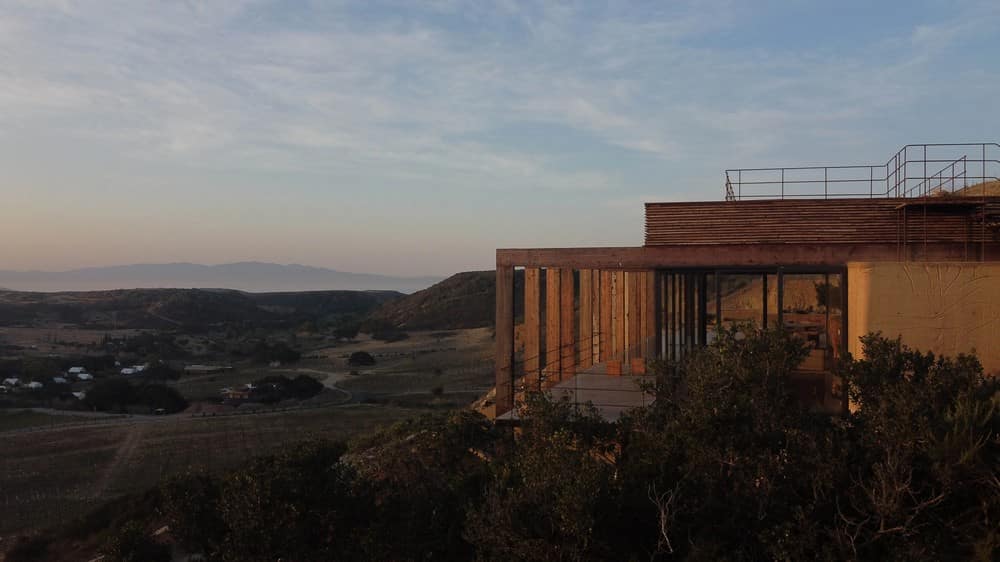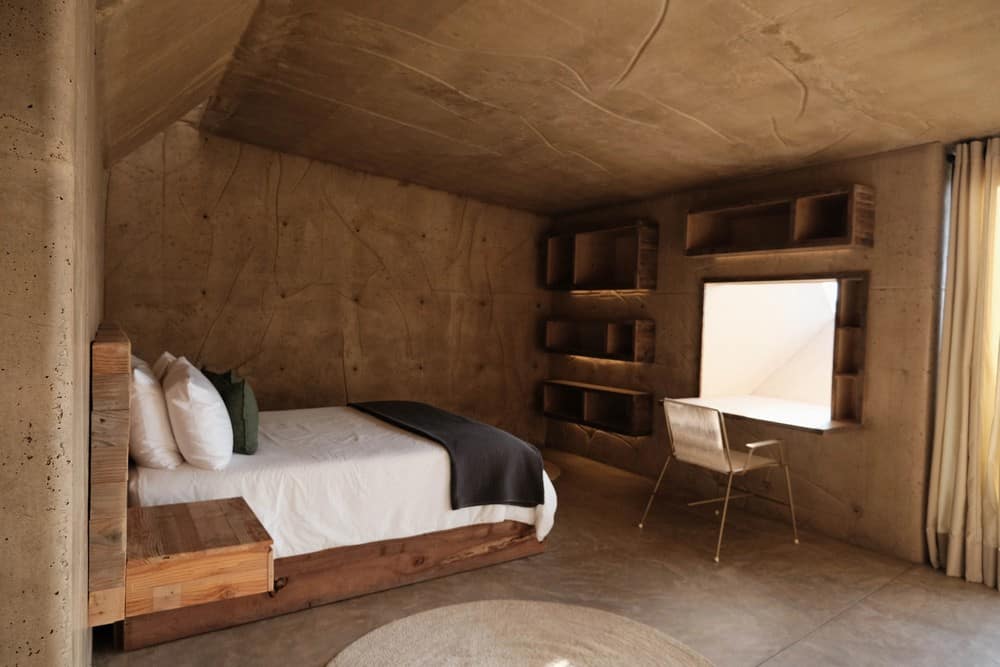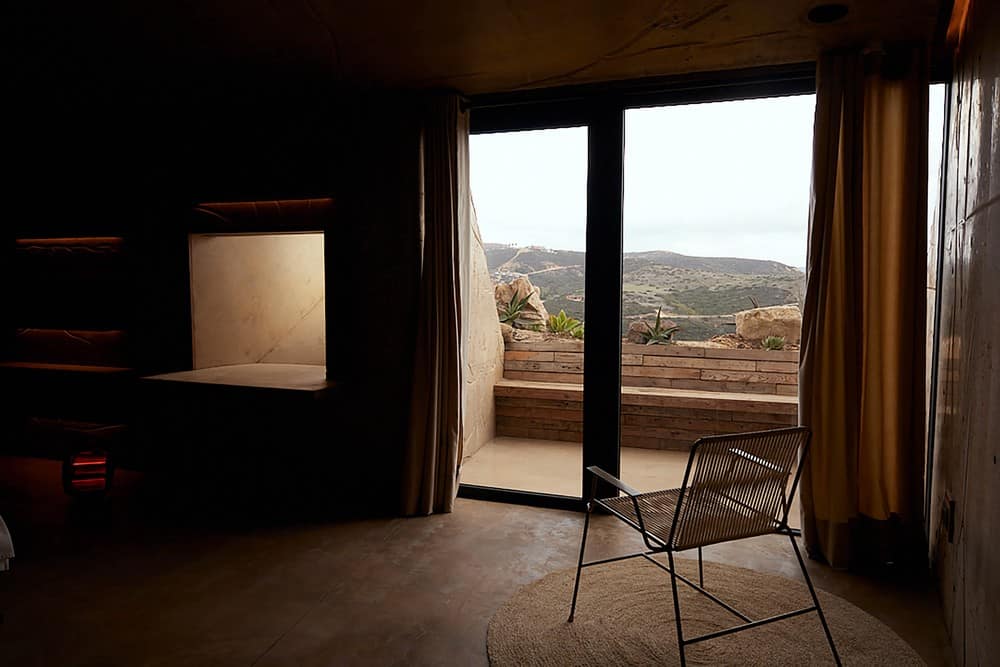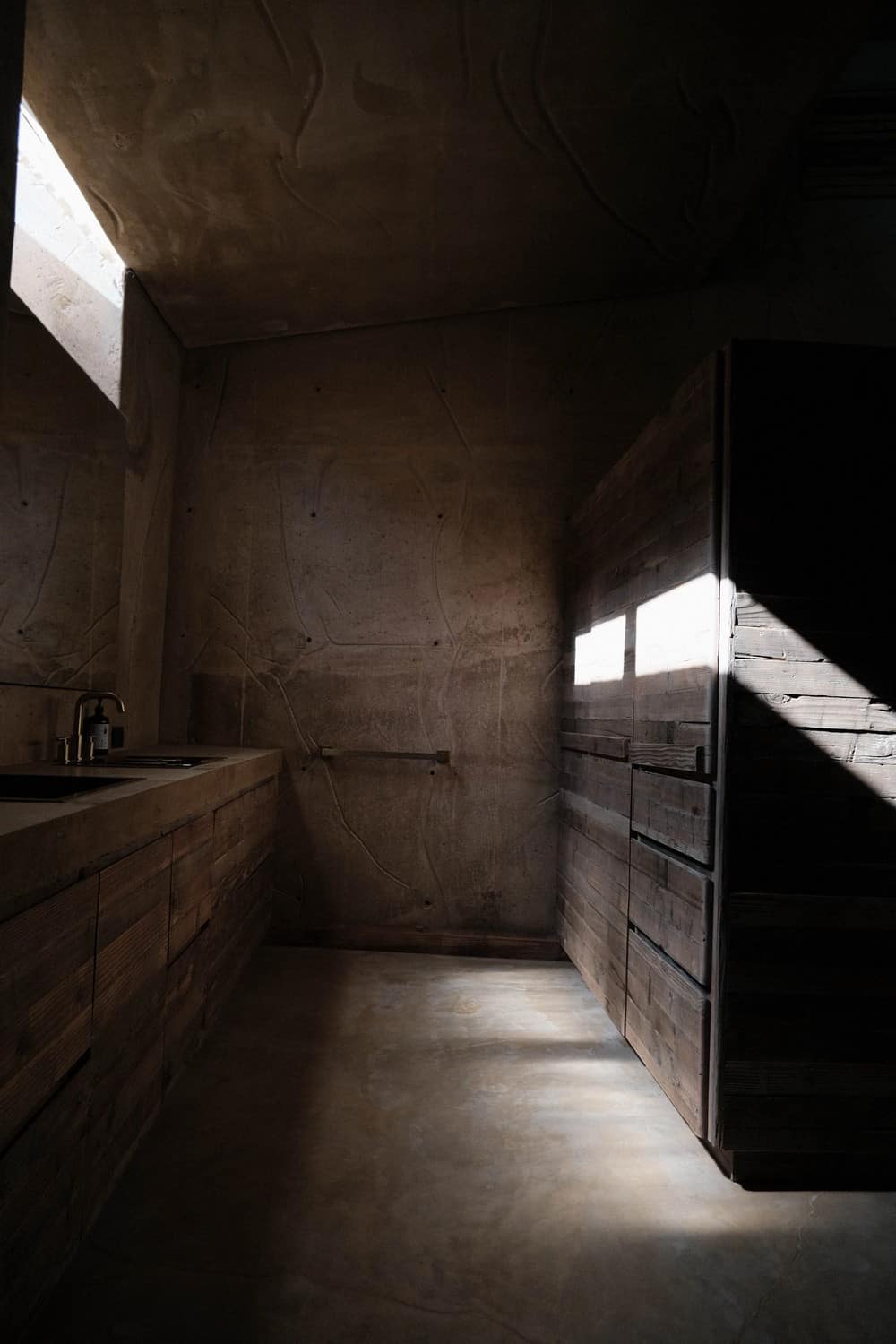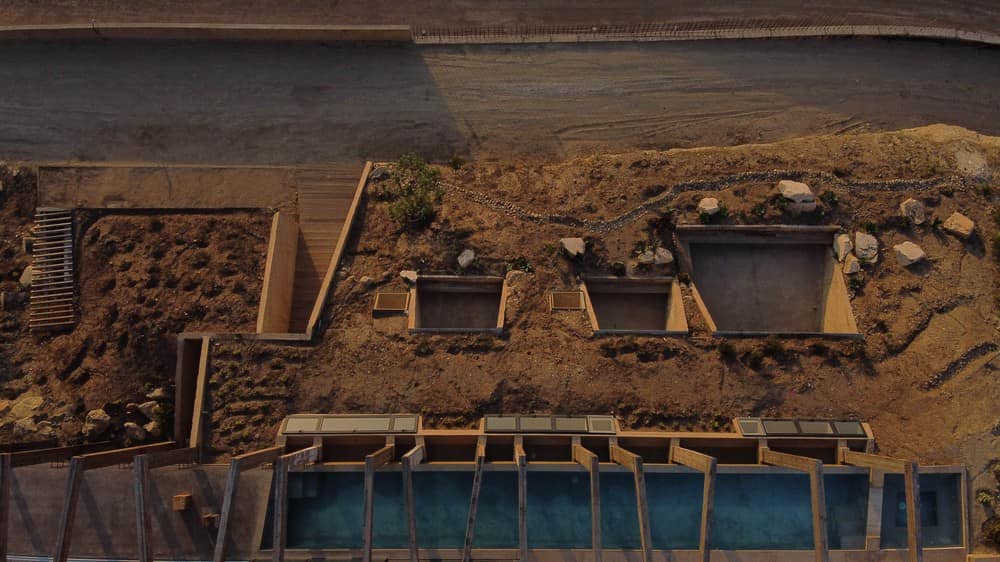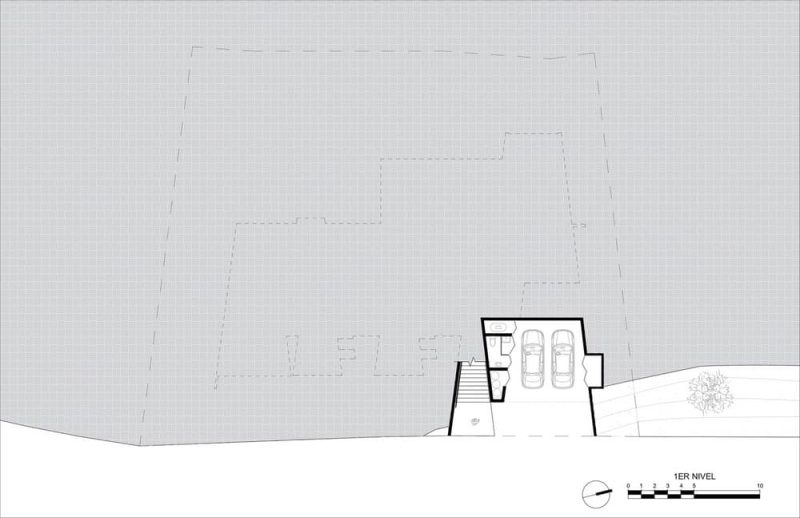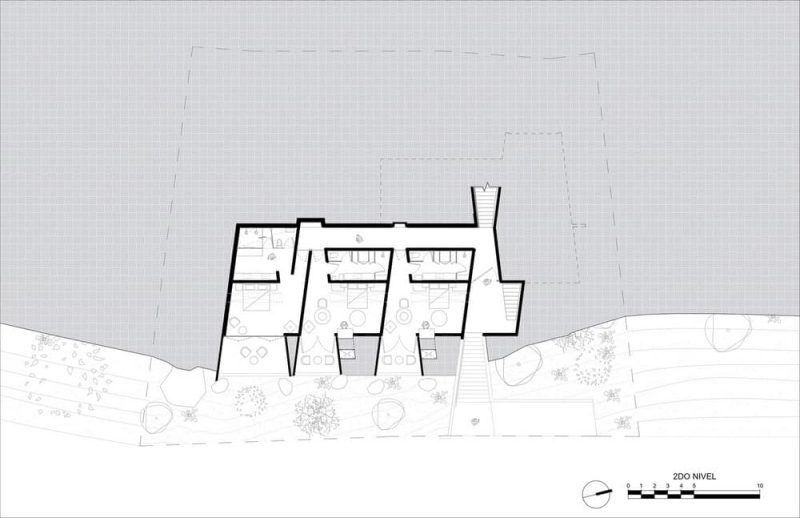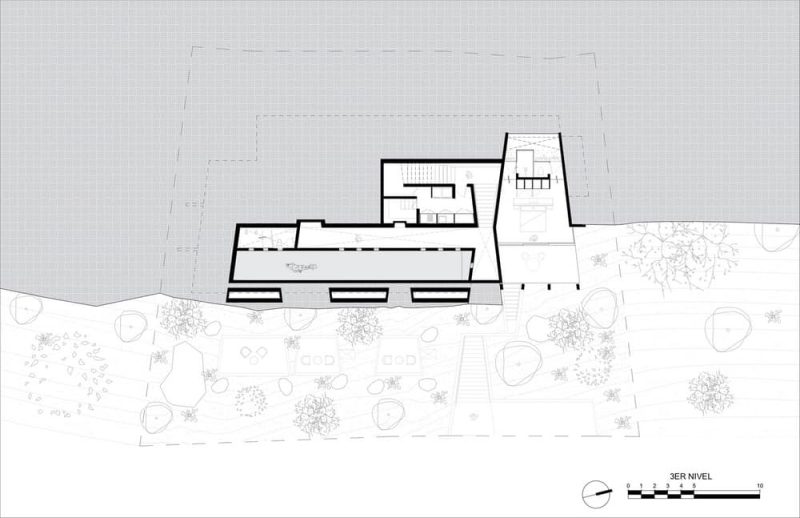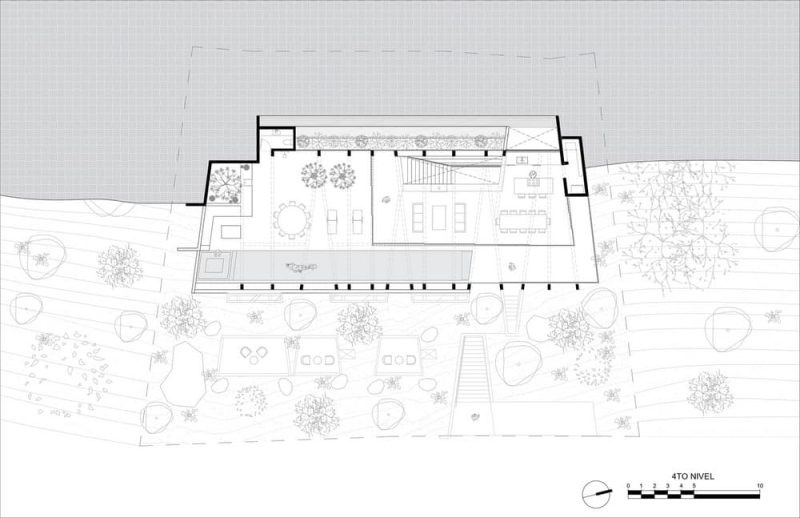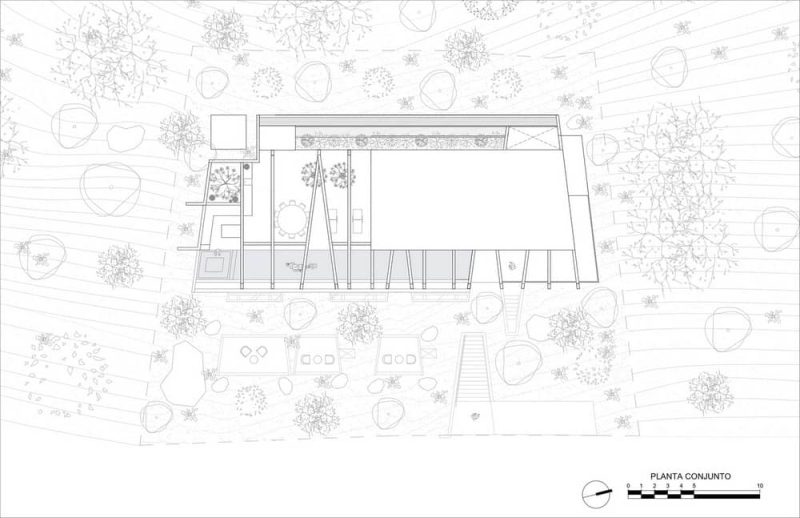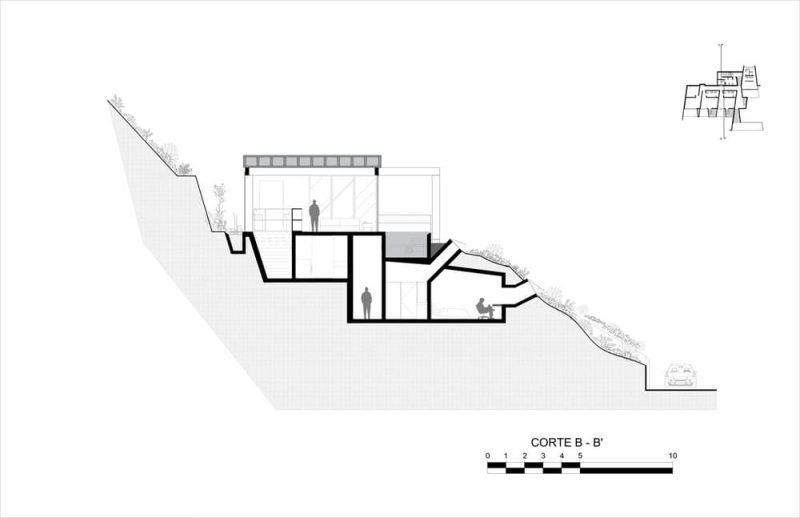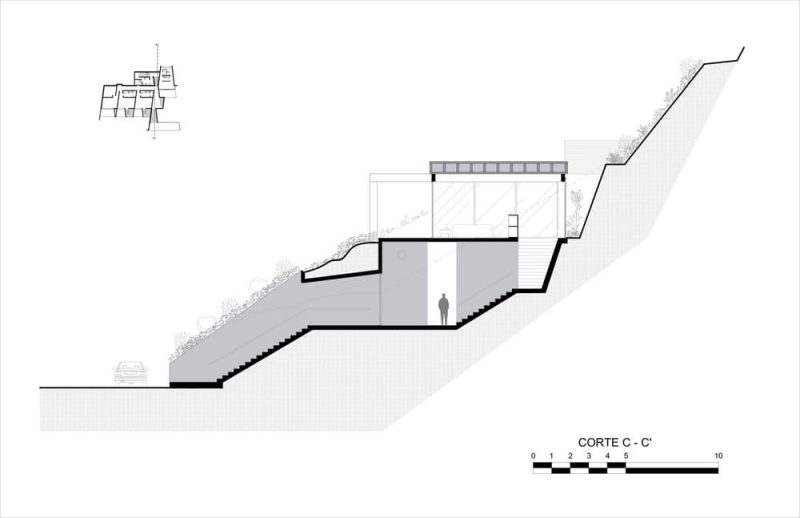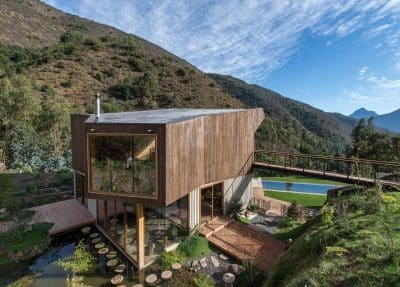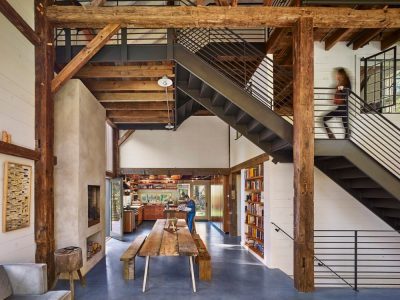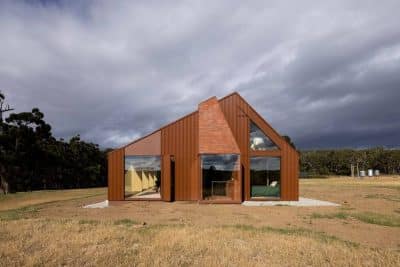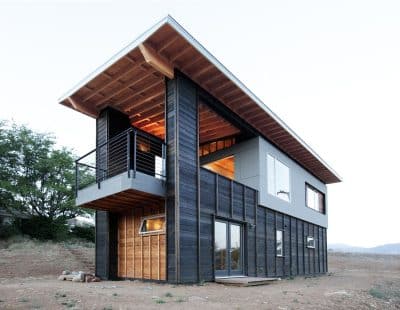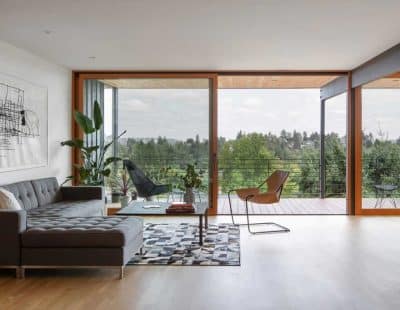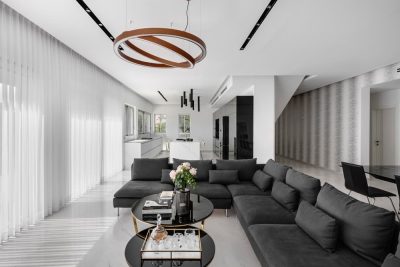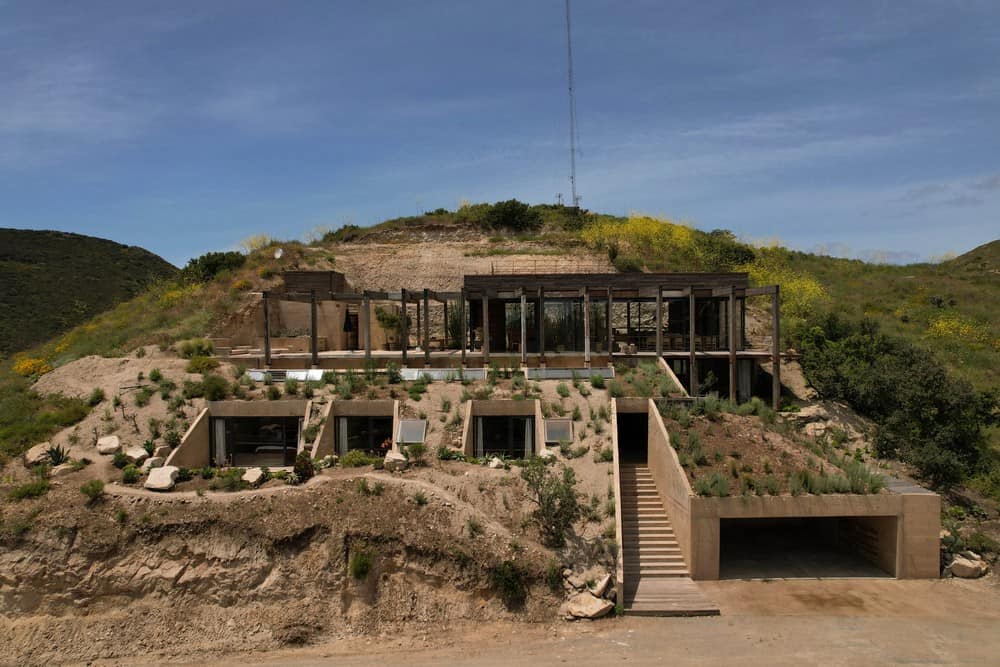
Project: Casa Uno
Architecture: CLACLÁ Taller de Arquitectura
Team: Claudia Turrent, Axel De La Torre
Structure: Daniel Guerra
Location: Ensenada, Mexico
Area: 499 m2
Year: 2022
Photo Credits: Francisca D’Acosta, Gabriela C. Walter
Casa Uno is a project that pursues the architecture of silence, seeking to hide most of the building within an existing topography to achieve greater energy efficiency and reduce its visual impact. In this way, a lower perception of the constructive density of the house is achieved.
Upon entering the house, one experiences the sensation of entering a cavern, the quintessential refuge of mankind in ancient times. This reminiscence gives us a strong sense of protection within the project.
The idea of burying the project has the consequence of leaving a wound in the earth. In order to heal this wound, it is necessary to restore the native vegetation, which was previously transplanted to a nursery. Therefore, water management becomes a fundamental part of the project. All the water consumed in the house is reused through a passive system integrated into the design of the project, which allows irrigation to be viable and, over time, to restore the footprint of the intervention.
The main material used is pigmented concrete, which generates a color that mimics the tone of the local earth. The walls are built with wooden formwork, creating a smooth and shiny texture, with capricious folds that resemble granite rocks polished by the wind and the passage of time. This effect is achieved by incorporating plastic in the formwork process for waterproofing. At the end, the same plastic is used to insulate the retaining walls, while the wooden formwork is transformed into the carpentry of the house.
The architecture created by CLACLÁ seeks honesty in its elements and is concerned with allowing the materials to express themselves and tell past stories. They are meant to have a soul and show signs of previous use, scars that humanize them even more. It is an artisanal architecture that is concerned with carefully selecting its materials, even if they are of industrial origin, with the aim of minimizing their polluting impact during the manufacturing process.

